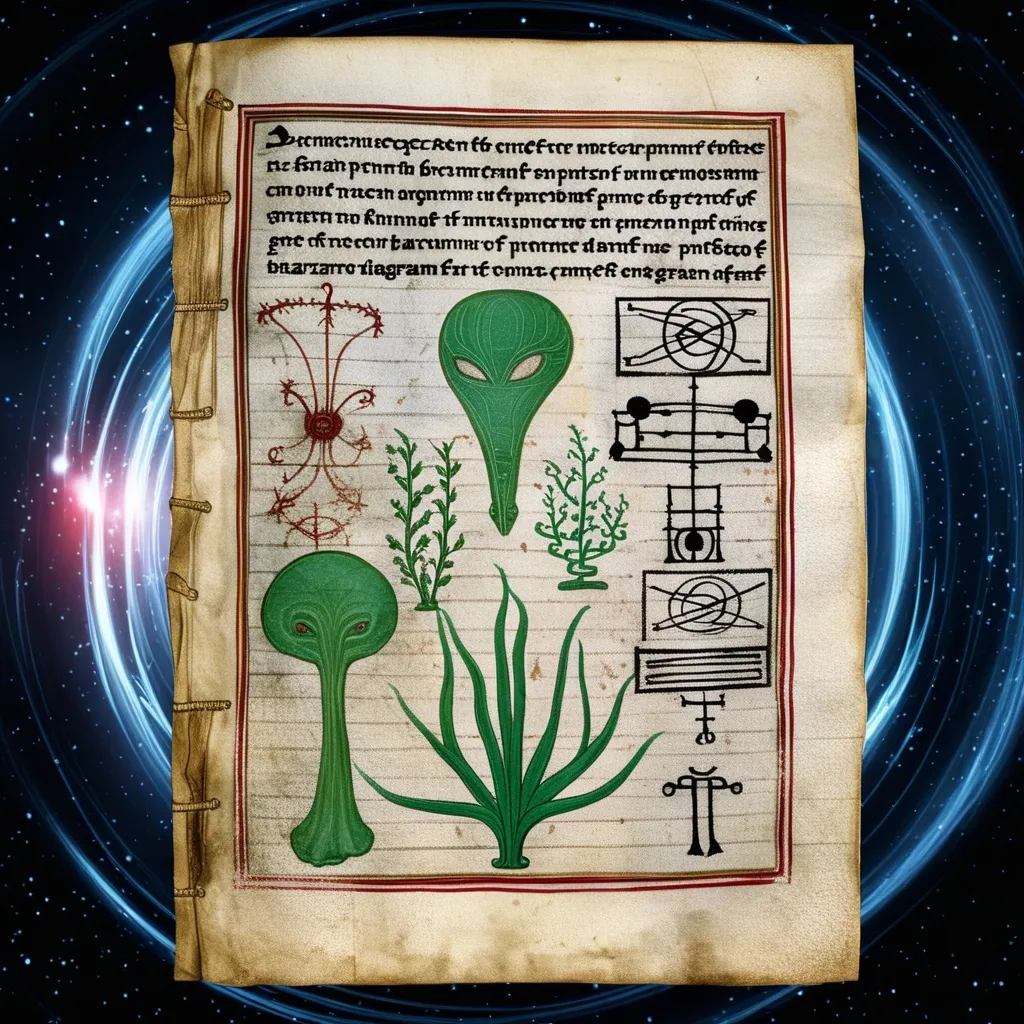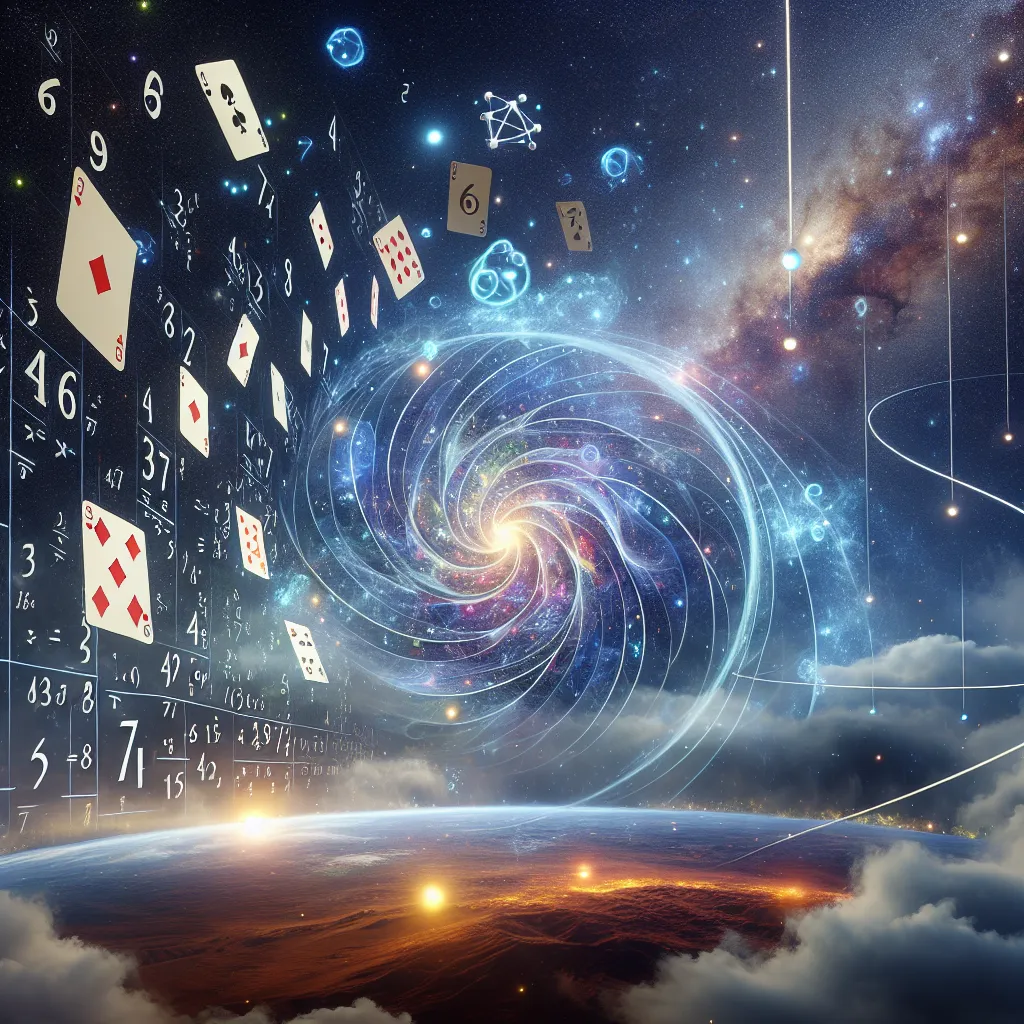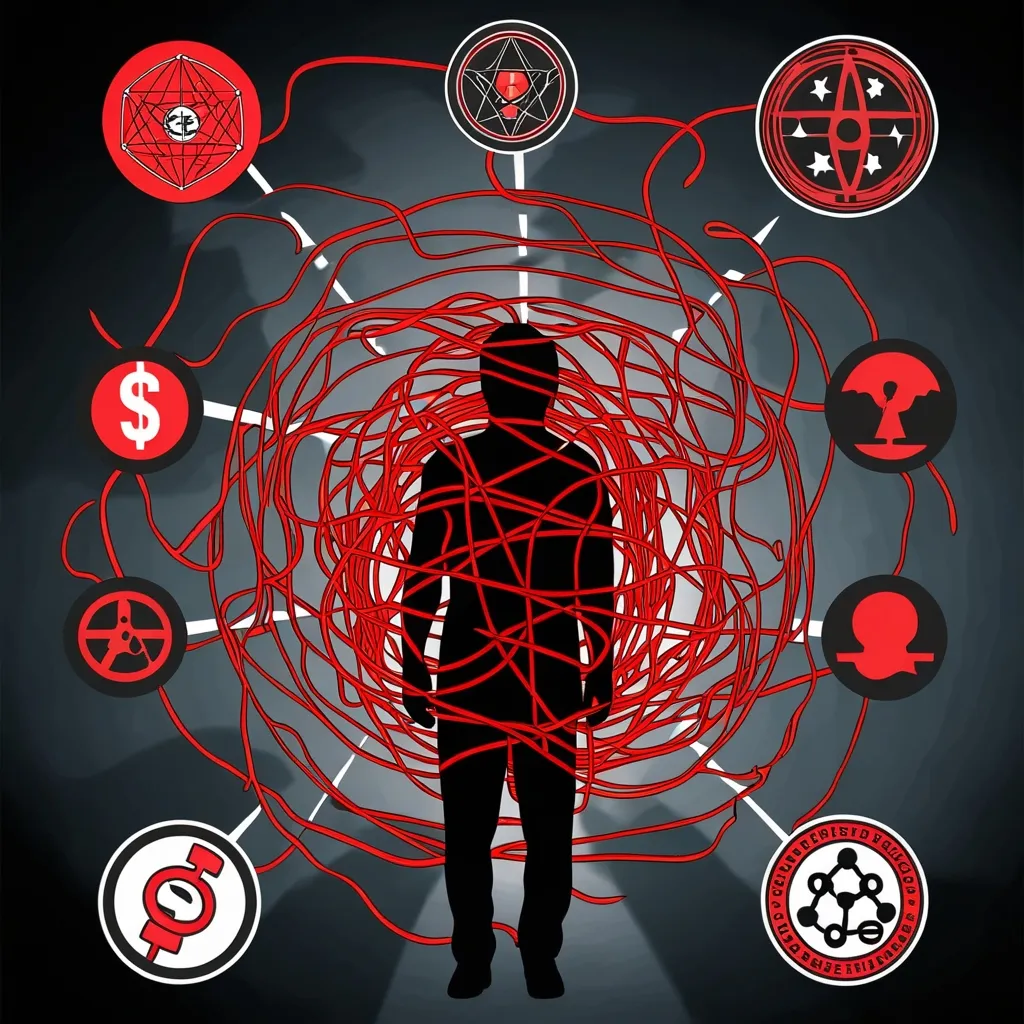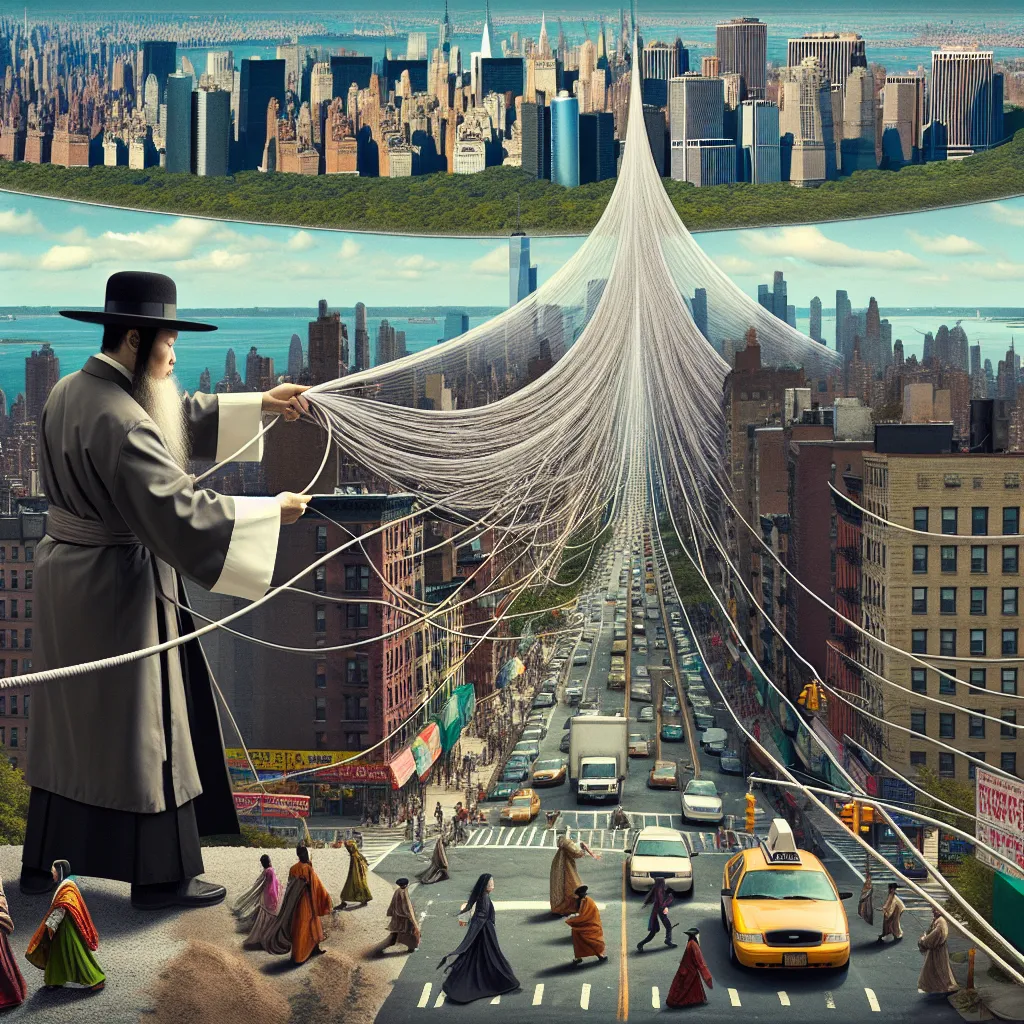The Voynich Manuscript: A 600-Year-Old Mystery That Still Baffles Experts
Ever heard of a book that’s been driving scholars nuts for centuries? Well, buckle up, ‘cause we’re diving into the crazy world of the Voynich manuscript. This isn’t your average dusty old book – it’s a mind-bending puzzle that’s been messing with people’s heads for about 600 years.
Picture this: a medieval book filled with weird symbols, plants that look like they’re from another planet, and naked ladies chilling in some bizarre plumbing system. Sounds like something you’d dream up after eating too much cheese before bed, right? But nope, this thing is real, and it’s got everyone from code-breakers to plant nerds scratching their heads.
So, what’s the big deal? Well, for starters, nobody can read the dang thing. It’s not in any language we know. It’s like someone decided to create their own alphabet after a wild night out. And the pictures? They’re just as bonkers. You’ve got plants that look like they belong in a Dr. Seuss book and diagrams that make you wonder if medieval folks had secret hot tub parties.
People have been trying to crack this code for ages. Some smarty-pants thought they’d figured it out, claiming it was written in some ancient version of Spanish or Italian. But then other experts came along and were like, “Nah, mate, you’re talking nonsense.” It’s like watching a bunch of professors have a slap fight over a book nobody can read.
Even the big brains with their fancy computers haven’t cracked it. They’ve used all sorts of high-tech wizardry to look for patterns in the text. And guess what? They found some! But that just made things more confusing. It’s like the manuscript is saying, “Yeah, I’m a language… but good luck figuring out which one, suckers!”
We do know a few things about where this wacky book came from, though. Some science folks did their carbon dating thing and figured out it’s from the 15th century. It popped up in an Italian monastery back in 1912, like it had been hiding there playing a really long game of hide and seek. Then it ended up in the hands of this big shot emperor, Rudolf II, who forked out a ton of gold for it. Must’ve been a slow day for empire stuff.
Recently, some history detectives think they’ve figured out who owned it before Rudolf. Apparently, it might’ve belonged to this plant nerd called Dr. Leonard Rauwolf. I’m picturing a guy with a monocle and a really big magnifying glass, getting way too excited about leaves.
Now, trying to read this thing is like trying to teach your grandma how to use TikTok – frustrating and probably pointless. The text is all lowercase, no punctuation, and it’s got these crazy combinations of vowels that would make your tongue tie itself in knots. It’s like the author was allergic to making sense.
Every time someone claims they’ve cracked the code, a bunch of other experts jump in like, “Hold up, not so fast!” They say you need to translate more than just a few words to prove you’ve figured it out. It’s like trying to convince your friends you speak fluent French because you can say “omelette du fromage.”
This manuscript has become such a big deal that it’s popped up in all sorts of places. TV shows, books, even video games. People love coming up with wild theories about it. Some reckon it was written by famous smarty-pants like Roger Bacon or Leonardo da Vinci. Others go full tin-foil hat and say it’s an alien book. Yeah, because aliens totally came to Earth just to write a book about weird plants and naked ladies in bathtubs.
Despite all the fuss, the Voynich manuscript is still playing hard to get. It’s like that one person at a party who everyone wants to talk to, but nobody can understand a word they’re saying. Every now and then, someone pops up claiming they’ve solved it, but so far, it’s all been about as convincing as a three-dollar bill.
You’ve got to hand it to the researchers, though. They’re like dogs with a bone, refusing to give up on this mystery. It’s pretty cool when you think about it – here we are, with all our fancy technology and big brains, and we’re still stumped by some old book. It’s a humbling reminder that the past still has plenty of secrets up its sleeve.
For the folks who’ve made it their life’s work to figure this thing out, it’s not just about solving a puzzle. It’s about the thrill of the chase, the excitement of maybe, just maybe, being the one to crack the code. It’s like academic Indiana Jones stuff, minus the cool hat and whip.
Whether someone eventually cracks this nutty book or not, it’s left a big mark on how we think about language, history, and mysteries in general. It’s like a constant reminder that there’s still so much we don’t know about the world, even stuff that’s been right under our noses for centuries.
In the end, the Voynich manuscript is more than just a weird old book. It’s a symbol of human curiosity, of our need to solve puzzles and understand the unknown. It’s got this magical quality that keeps pulling people in, making them wonder and imagine. And isn’t that what great mysteries are all about?
So next time you’re feeling frustrated because you can’t figure out how to work your new phone or assemble that IKEA furniture, just remember – at least you’re not trying to decipher a 600-year-old book that might be about alien plants and medieval hot tubs. Some puzzles are just meant to keep us guessing, and maybe that’s half the fun.
Who knows? Maybe one day someone will crack the code and we’ll find out it’s just a really complicated recipe for medieval soup. Or maybe it’ll turn out to be the world’s longest “knock-knock” joke. Whatever it is, the Voynich manuscript has definitely earned its place as one of history’s coolest unsolved mysteries. It’s like the ultimate “mess with future generations” prank, and whoever wrote it is probably having a good laugh wherever they are now.
So here’s to the Voynich manuscript – keeping scholars, conspiracy theorists, and curious folks everywhere scratching their heads for six centuries and counting. May it continue to baffle, bemuse, and inspire us for many more years to come. After all, in a world where we think we’ve got everything figured out, it’s nice to have a reminder that some mysteries are still out there, waiting to be solved. Or not. Either way, it’s one heck of a story.






